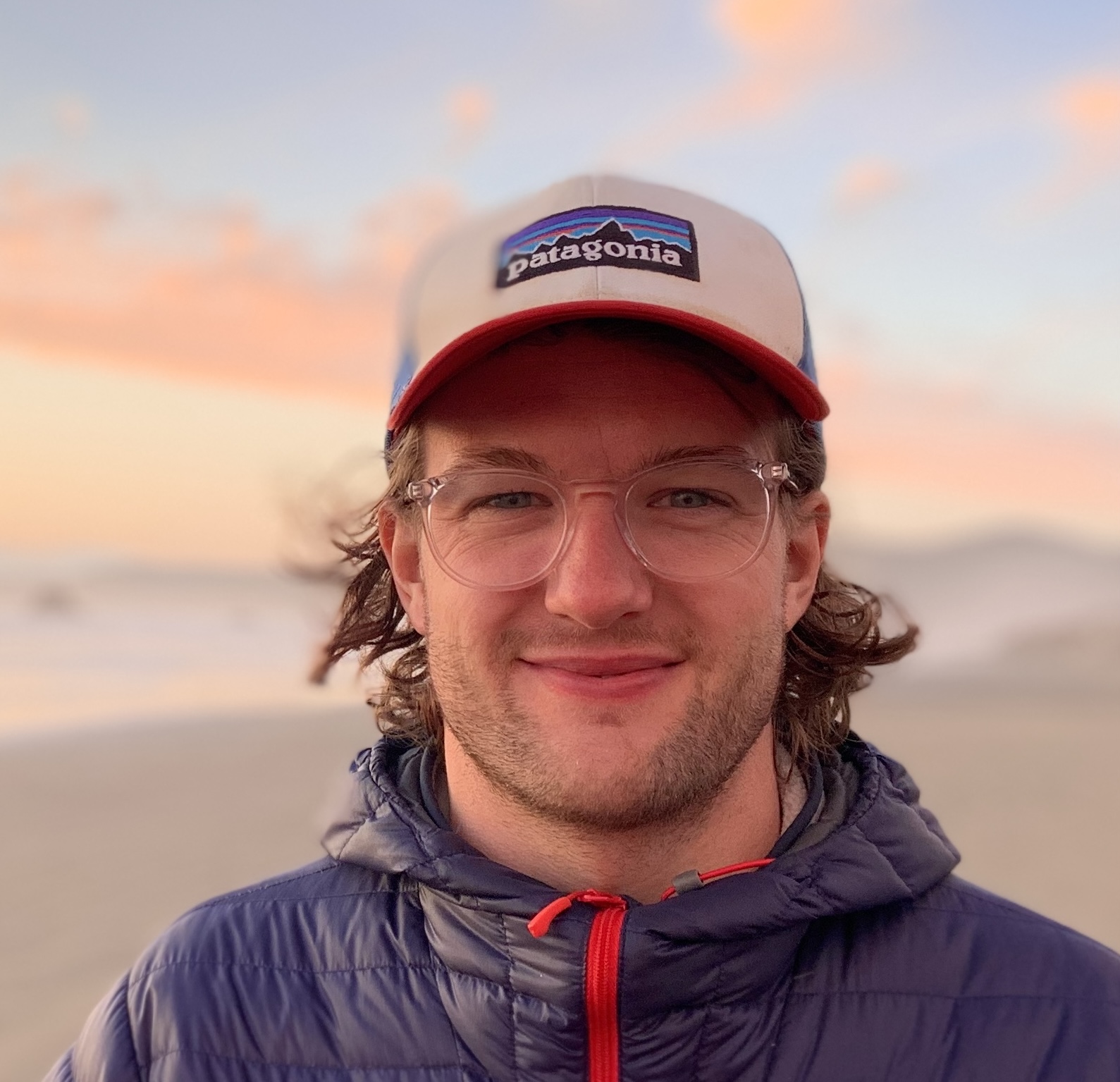New Insights into the Geological Processes that Formed Eastern North America derived from a cutting-edge Seismological Imaging Technique
Date:
The cores of the continents are known as the cratons. These extremely stable parts of Earth’s surface are often over 2 billion years old and thus have survived multiple plate tectonic cycles (Wilson cycles) that successively form and destroy supercontinents. These regions are bordered by geologically younger “mobile belts”, which shield the stable cratons from collisions with other tectonic plates. The 1 billion year old Grenville Province of North America stretches from northeastern Canada to Mexico and forms the bounding terrain to the east of the largest craton on Earth, the Superior. This has been favourably compared to the modern-day mountain building events (orogenesis) that are forming the Himalayas as India collides with Tibet to the north. Many local-scale geological and geophysical studies have proposed theories for the formation and subsequent evolution of the Grenville Province, yet little consensus exists. However, the recent deployment the USArray transportable array of seismograph stations and developments in processing techniques enabling the inclusion of data from small seismic networks in continental to global studies (Boyce et. al., 2017) means that we are able to seismically illuminate, for the first time, the mantle wavespeed structure for the entire footprint of the Grenville Orogen. Using these images it will be possible to understand better how the Grenville Orogen formed during the collision of Amazonia and Laurentia at 1Ga, more specifically, which tectonic processes were dominant. Recent work worldwide has shown that these “stable regions” can in fact undergo post-formation modification. Evidence for this exists in SE Canada however it has as of yet not been observed along the entire eastern margin of North America. This work aims to uncover these signatures of modification and unify competing theories for the formation and evolution of eastern North America.
